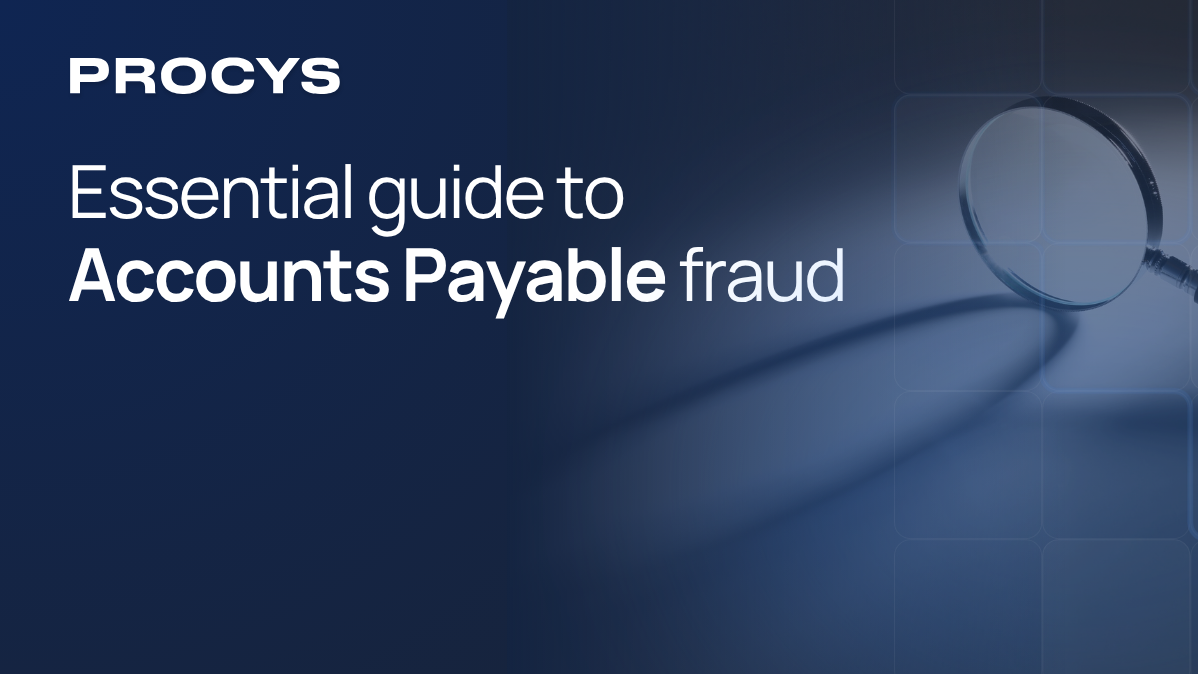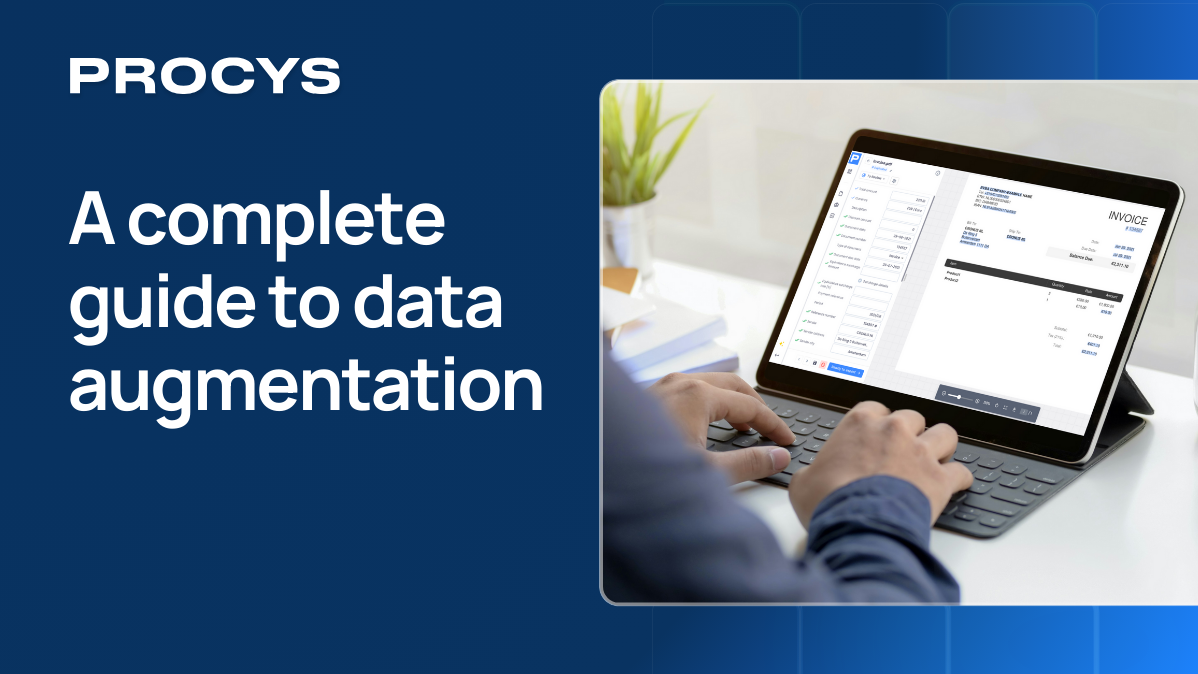Introduction
Accounts Payable fraud is one of the most costly and persistent risks facing finance teams today.
Think of 79% of organizations affected by attempted or successful payments fraud in 2024 (as per 2025 AFP Payments Fraud and Control Survey Report 1).
Bad actors exploit gaps in invoice intake, approval workflows, and payment execution to divert funds, inflate costs, or hide theft.
And, as SAP concur cites, “Only 13% of finance teams are currently using AI or machine learning to detect and prevent fraud” 2.
As AP volumes rise and teams juggle email-based approvals, spreadsheets, and manual data entry, the likelihood of missed red flags grows.
This guide explains how accounts payable fraud happens, how to recognize it early, and what practical controls and technologies (from stronger processes to AI-powered automation) you can act to prevent it, without slowing down the business.
How does an Accounts Payable fraud happen?
Accounts payable fraud is the intentional manipulation of your vendor payment process to cause an unauthorized or inaccurate disbursement of company funds.
It can involve both external actors like fake vendors or impostors changing bank details, as well as insiders, like employees creating shell suppliers or inflating and duplicating invoices.
Unlike simple errors, AP fraud is intentional, and often exploits weak controls in the invoice lifecycle.
Common targets include intake (counterfeit or altered invoices), data capture (tampered fields such as IBANs or tax IDs), validation (bypassed PO/GR matches), approval (spoofed or rushed sign-offs), and payment (hurried off-cycle transfers).
In practice, schemes include bogus vendor setups, invoice manipulation (overbilling, split billing, and duplicates), unauthorized bank account changes, and business email compromise targeting approvers.
Effective prevention combines clear segregation of duties, robust vendor onboarding, multi-factor approval for sensitive changes, and automation that enforces two- or three-way matching, anomaly detection, and auditable workflows.
Common types and schemes of AP frauds
Vendor master manipulation
Fraudsters change supplier bank details or create look-alike vendors, then redirect legitimate payments to criminal accounts.
Early warning signs include:
- First-time payments that are unusually large
- Bank detail changes requested solely by email
- Supplier records that overlap with employee data such as addresses or phone numbers
Independent call-backs to verified contacts and tighter vendor file hygiene are essential safeguards.
Fake and inflated billing
This includes invoices for goods or services never delivered, inflated unit prices, and split bills designed to slip under approval thresholds.
Three-way matching helps, but loose tolerances and manual overrides can still let anomalies pass: watch for round-number totals, missing tax IDs or POs, and unusual frequency from a single vendor.
Duplicate and recycled invoices
Duplicates often hide behind small edits, such as altered dates, slightly changed descriptions, or new invoice numbers on identical amounts.
The risk rises when intake is email-based and unstructured.
Enforce duplicate-number checks at capture and “same vendor/same amount/close date” rules before approval. Periodic sweeps for historical duplicates can recover cash and tighten your controls.
Check and ACH tampering
Paper checks are still altered or counterfeited, while ACH fraud grows as attackers compromise email or portals to divert transfers.
Business email compromise frequently fuels these attacks, triggering “urgent” requests to change payee details or approve out-of-cycle payments.
Strengthen bank-change verification with out-of-band confirmation and require multi-factor approval for sensitive edits.
Abusive expense reimbursement impacting AP teams
While technically a travel and expense issue, fabricated receipts, personal spend passed off as business, and duplicate claims often ride the same approval rails as AP.
The best defense is clear policy, strict segregation of duties across submission, approval, and payment, and analytics that flag duplicates and out-of-policy items.
Collusion, kickbacks, and conflicts of interest
When an employee and a vendor collude, paperwork may appear legitimate while pricing is inflated or orders are unnecessary.
Because the documents look “clean,” add behavior-based signals (such as unusual employee-vendor proximity or recurring awards to the same supplier) and rotate approvers on high-risk categories.
AI deepfakes making malicious changes hard to spot
Generative AI tools can create invoices as deepfakes with subtle changes. For instance, a malicious generation can alter bank-field or amounts, or mimic vendor layouts. Look for image or metadata anomalies and mismatches between line items, subtotals, tax, and totals.
Automated validation and anomaly detection can surface these inconsistencies at scale.
Supplier-portal takeovers and ticket requests can also slip through because they arrive via “trusted” systems.
Enforce role-based access, MFA on portals, and a mandatory phone verification to a known contact before any master-data or bank-detail change goes live.
PO-tolerance gaming is subtler: repeated small price or quantity bumps that sit inside generous tolerance bands. Tighten tolerances by category and trigger secondary approval when cumulative variance exceeds a monthly cap even if each invoice is “within limits.”
Credit-memo misuse and discount manipulation can mask shortages or claim benefits that do not exist. Reconcile credits against contracts and receiving logs, and require explicit approval before credits offset unrelated invoices.
Tips to prevent AP fraud
Preventing accounts payable fraud requires layered defenses across people, process, and technology.
Use the controls below as a prioritized playbook you can implement without slowing down your payment cycle: with Procys woven in as the guardrails that keep every step consistent and auditable.
Strengthen vendor onboarding and master data
Lock down who can create or edit vendors, and require dual approval for any change to bank details, remit-to addresses, or tax IDs.
Always verify changes out of band with a phone call to a known, pre-verified number not the one in the change request.
By using an Accounts Payable automation system, your business can eliminate manual processes, reduce errors, and expedite payments.
Enforce “no PO, no pay” with smart tolerances
Adopt two- or three-way checks between purchase orders, goods receipts, and invoices for all but a short list of pre-approved exceptions.
Tighten tolerances by category and supplier criticality, and add a cumulative-variance cap per month so small “within limits” variances cannot add up unnoticed.
Use tools that extract header and line-item data with AI-powered, custom data extraction using advanced OCR functions.
Good to know
Procys connects to your ERP or accounting stack using scalable, pre-built integrations.
Standardize invoice intake
Move to a single, controlled intake channel that uses invoice data extraction instead of scattered inboxes. Automatically import invoices connecting a centralized system to any channel, like emails or cloud storages.
Close the loop with policy and training
Write the non-negotiables into policy: “no PO, no pay,” “no bank changes via email,” “dual approval for vendor edits,” and “no rushed payments without CFO authorization.” Require annual attestations from AP staff and approvers, and refresh training with real examples of near-misses from your own environment.
Procys operationalizes policy by embedding your rules in templates and approval paths, so controls are followed automatically rather than remembered manually.
Use automation and AI to enforce controls at scale
Adopt an Intelligent Document Processing platform to capture invoices accurately, validate totals and tax, detect duplicates, and flag anomalies before approval.
Enforce rules like approval thresholds and PO checks automatically so busy teams cannot bypass them.
Procys is designed for this. It uses machine learning to extract data from PDFs and scans, runs validation rules and format checks, flags potential duplicates and unusual patterns, and pushes exceptions into guided workflows: for a deeper overview of how AP automation works in practice, see our explainer: Accounts Payable automation: all you need to know.
A 30–60–90 day roadmap
Phase 1: centralize and clean (days 1–30): centralize invoice intake in Procys, enable mandatory field validation and duplicate checks, restrict vendor creation to a small group, and require dual approval for bank-detail changes.
Phase 2: automate and integrate (days 31–60): connect Procys to your ERP or accounting system and roll out PO and receipt checks with right-sized tolerances. Finalize the approval matrix in Procys, enforce maker–checker on vendor edits and payment releases, and turn on exception queues with SLAs.
Phase 3: monitor and improve (days 61–90): enable scheduled payment runs with dual control, add anomaly and outlier dashboards, schedule quarterly vendor-file hygiene in Procys, and finalize the incident response playbook with a table-top exercise.
When you are ready to see these controls working end to end, explore how Procys streamlines AP and reduces fraud exposure here: Accounts Payable automation solutions.
Conclusion
Accounts payable fraud thrives in the gaps (messy vendor data, email-driven approvals, loose tolerances, and rushed payments).
Procys makes fraud protection practical: if you are ready to harden your AP process and cut fraud risk, start a free account now - no credit card required!





.png)